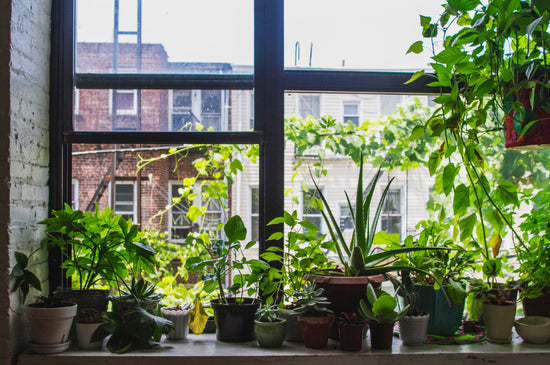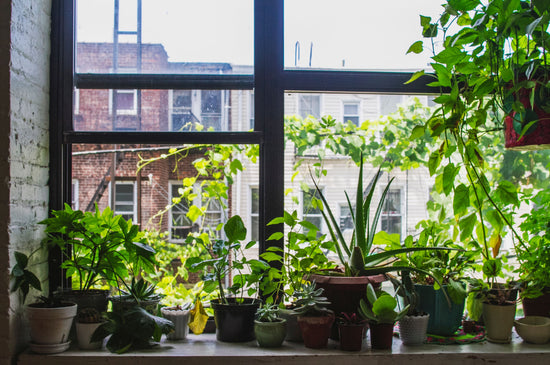Shocking Winter Hacks for Houseplants: You Won’t Believe #7!
Winter can be a challenging time for houseplant enthusiasts. The colder months bring dry air, reduced sunlight, and temperature fluctuations that can leave your beloved greenery struggling. But don’t worry! With these surprising winter hacks, you can ensure your houseplants stay healthy and vibrant all season long. Whether you’re caring for a resilient Lifesaver Cactus or a humidity-loving Peace Lily, these tips will help your plants thrive through the toughest winter days.
1. Create a Microclimate for Your Plants
Dry indoor air can be brutal for houseplants, especially tropical varieties like the Huernia zebrina. To combat this, group plants together to create a mini greenhouse effect. This raises the humidity naturally while also providing warmth. Alternatively, place a small humidifier near your plants for consistent moisture.
2. Rotate Your Plants Regularly
Winter light is weaker and more directional, so your plants might not be receiving sunlight evenly. Rotate your pots every few days to ensure all sides get equal exposure. This is particularly important for succulent gift plants like zebra-striped succulents, which thrive in bright indirect light.
3. Adjust Your Watering Routine
Overwatering is a common winter mistake. Most houseplants, including low-maintenance cacti, require less water during their dormant period. Check the soil moisture before watering and let the top inch dry out completely to avoid root rot.
4. Use Reflective Surfaces to Maximize Light
If your home doesn’t get much natural light, position mirrors or reflective surfaces near your plants to amplify available sunlight. This hack is especially beneficial for light-loving plants like the star-shaped flower cactus.
5. Warm Up Your Pots
Cold windowsills can chill plant roots, which is harmful to growth. Use insulating materials like cork mats under your pots to keep roots warm. If you have ornamental succulents in containers, consider moving them away from drafty areas.
6. Dust Your Plant Leaves
Dust buildup on leaves blocks essential sunlight and reduces photosynthesis. Wipe your plants' leaves gently with a damp cloth every few weeks. This simple hack ensures plants like indoor succulents and tropical plants get the most out of winter’s limited light.
7. Use Pebble Trays for Humidity Boost
One of the most underrated hacks involves pebble trays. Place a layer of pebbles in a tray, add water until it’s just below the top of the pebbles, and set your pots on top. As the water evaporates, it increases the humidity around your plants, keeping them lush and healthy. This is a lifesaver for humidity-loving plants like the exotic houseplant varieties sold at Wekiva Foliage.
8. Fertilize Sparingly
Most houseplants, including the hardy Lifesaver Plant, don’t require much fertilization during winter. Over-fertilizing can lead to salt buildup in the soil and stress your plants. Stick to a diluted fertilizer once every 6-8 weeks, if needed.
9. Protect from Drafts
Cold drafts from doors and windows can shock your plants. Move them to a stable environment away from temperature fluctuations. Drafts can be especially damaging to sensitive indoor succulent plants.
10. Monitor for Pests
Winter is prime time for pest infestations due to lower humidity and weakened plants. Check the undersides of leaves and stems for signs of spider mites or aphids. Use natural pest control methods like neem oil to keep your houseplants pest-free.
FAQ: Winter Houseplant Care
1. How often should I water my houseplants in winter?
Water less frequently, allowing the top inch of soil to dry out. Overwatering can lead to root rot during the dormant season.
2. Do houseplants need fertilizer in winter?
Most houseplants don’t need much fertilizer in winter. Use a diluted solution once every 6-8 weeks if necessary.
3. What’s the ideal temperature for houseplants in winter?
Keep the temperature between 65-75°F during the day and avoid dropping below 50°F at night.
4. Can I move my plants closer to the heater for warmth?
Avoid placing plants near heaters, as the hot air can dry them out and damage foliage. Instead, use insulating mats under pots to keep roots warm.
5. How do I increase humidity for tropical houseplants in winter?
Use pebble trays, humidifiers, or group plants together to naturally increase humidity levels around your plants.
By incorporating these creative winter hacks, your houseplants will not only survive but thrive during the colder months. Explore the range of stunning indoor plants and succulents available at Wekiva Foliage and take your indoor garden to the next level!





